Patrol Stations
In recent years, Ralf Peters has repeatedly found new ways of shedding light on the criteria for perception today. In this process, he has from the very outset endeavored to ensure his work did not require a great amount of material. Thus, he has digitally processed the images he has found – which ostensibly promise us a true depiction of the world – to create a variety of series in which specific contemporary phenomena are shown in a new light. In one of these series, he maltreats the phenomenon of gas stations. With a sense of ironic rigidity and seriousness, by means of the PC he tries to generate a pure architectural form for he uniqueness that each of these sales outlets of the global oil companies pretends to offer us – with all sorts of ornamental trappings. For this reason, he purges the gas stations of logos, lettering and ad billboards. He makes the buildings resemble one another – after all, their former variety has increasingly given way to one-dimensionality in the course of gradual rationalization through global marketing. What remains are beautifully illuminated buildings, which purportedly have an unmistakable identity thanks to their luminescent colors.
Peters is interested in the banal formula boasted by contemporary everday architecture. Once these are extracted from their urban surroundings in his pictures, the buildings ossify as formulas – like some secret signs of functionality that reflect the unwavering power of the business world. The semblance of colorful if vapid variety directs our gaze to the eradication of aesthetic difference that greets us wherever we tread in a modern city. Though blinded by the gleaming surfaces of these architectonic replicas, extracted by aestheticization from their commercial context, our perception is honed to form an in-depth critique of our notion of human architecture.
Something is off in Ralf Peters’s photographs: gas stations without any logos, signs, or indications of price; sculptural objects put together from architectural elements that float freely in space and certainly cannot exist as such; photographic pendants of New York’s Ninth Avenue, depicting either all men or all women; rows of vacation homes that, on closer examination, turn out to be assembled from the same repeated elements. The artist always constructs an element of confusion into his images that, once it has been spotted, ensures we will look more carefully and more critically. He digitizes the photographs and then manipulates them on a computer. Put in that way, however, we are presuming that the images that Ralf Peters intended to show us existed before they were manipulated with the help of software, and thus, that this constitutes a kind of forgery or falsification. It raises the questions what genuine and authentic even mean when applied to images and what is the artistically necessary aspect of these works.
Photography did indeed first appear on the stage of pictorial history during the early nineteenth century, when the natural sciences were altering the culturally dominant conceptions of reality in line with positivism and materialism. In latter view, reality is that which can be measured and revealed. Truth, either that of faith or that of art, becomes a more dubious, private quantity in this positivist paradigm. The view fits well, however, with the “technicalization“ of the image that experienced one of its early high points in photography. As a document of a reality that is meant to be revealed, the technical image stands as a representative of one’s own experience; in medicine, for example, computed tomography can replace autopsy, which refers not only to the cutting open of the body but also to seeing with one’s own eyes: aut[o]-opsy, self-seeing. The researcher extends his or her body’s perceptual capabilities by delegating the autopsy to a device, which either becomes more sensitive or is sensitive in a different way. This had considerable success: the conception of the world in which we live has been significantly extended and sharpened by the possibilities that technical images offer. The image, however it is made, produces comprehensibility. There is hardly a publication in the natural sciences, from astrophysics to microbiology, that could dispense with this means of producing consent that goes beyond argumentation. The argument consists of an abstract chain of evidence in words that is as logical as possible. Images that are viewed as documents, by contrast, take on the character of facts that can then be used to argue. They are, however, pseudo facts - that is, they represent things whose actuality has to be assumed from their probability in the image.
If the photograph is taken as a proof of reality in the context of the so-called hard sciences, photographs in artistic contexts are bound into a historical process of images being emancipated from their models in the visible world. This process, which is one of the most important aspects of art history on its path through the modern age, frees the image from its obligation to be a depiction of something, to be, as it were, an “open window,” as Leon Battista Alberti formulated the new empirical claim for the painting that was made in the Early Renaissance,1 and instead constitutes it as an experiential realm with its own reality. Perhaps the most astonishing and most determined realization of this process of the emancipation of the image is found in the invention of so-called nonobjective painting beginning in the early twentieth century. “Spiritual,” “inner,” or “higher” realities can be depicted in the modernist art photograph by means of noncomparable, nonrecognizable, nonsimilar forms of expression. In painting since that time, too, there have repeatedly been movements to bring the reality of the visible back into the painting: Neue Sachlichkeit (New objectivity) or photo realism can be mentioned as examples. Nevertheless, ever since modern painting experienced the possibility of making entirely different realities visible - interior worlds, symbolic worlds, pictorial worlds - realities that are based on their own laws and that remain to be discovered, the expectation of painting that it authentically reproduces the empirical world has receded substantially. Rather, this claim about images in the “age of the natural sciences” is simply transferred to photography, with its semiautomatic process of recording, no matter how well aware we might be of the possibilities of subsequent, analogous alterations, such as retouching, editing, solarization, and so on, and of all the possibilities for theatricalization. Probably because, theoretically, it has a high “world content,” during the last quarter of the twentieth century photography became an artistic genre of equal status, and sometimes even the leading genre.2 Its apparently greater facticity, however, had long prevented it from being taken in by art at all.3 For the argument was always advanced that the artwork could not simply be the mere reproduction of facts. This justification was also used in art theory, at least since the sixteenth century, to express considerable reservations about the whole genre of the painted portrait. It was said that the artwork had to demonstrate spiritual qualities that went beyond this reproduction, though these qualities were defined differently from epoch to epoch.4
As photographs, Ralf Peters’s works should be understood within the framework that results, on the one hand, from the quasi-scientific claim of the documentation of facts and, on the other hand, from the claims that artworks should do more than double mere facts. And indeed, we can say immediately that Ralf Peters makes photographs that produce this precise split. The phrase “something is off” refers to the break with the expectation that photography has a right and perhaps even an obligation to be documentary, a criticism of such talk about experiences with artworks never being doubles of something recognizable.
-
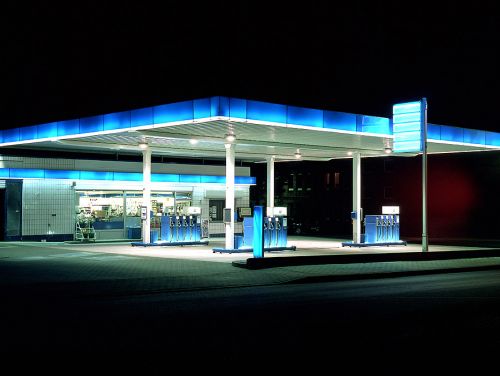
Petrol Stations - blue, 7 3/4 x 10 2/3 in, 23 2/3 x 31 1/2 in -
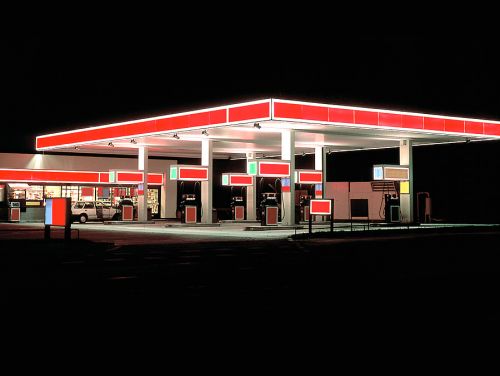
Petrol Stations - red, 7 3/4 x 10 2/3 in, 23 2/3 x 31 1/2 in -

Petrol Stations - purple, 7 3/4 x 10 2/3 in, 23 2/3 x 31 1/2 in -
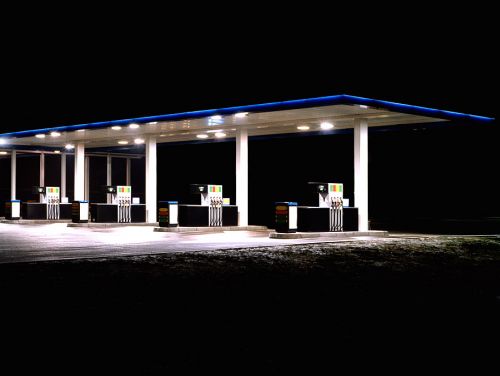
Petrol Stations - blue / white, 7 3/4 x 10 2/3 in, 23 2/3 x 31 1/2 in -
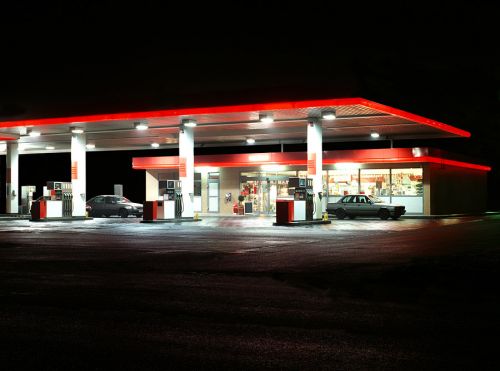
Petrol Stations - red / white / red, 7 3/4 x 10 2/3 in, 23 2/3 x 31 1/2 in -
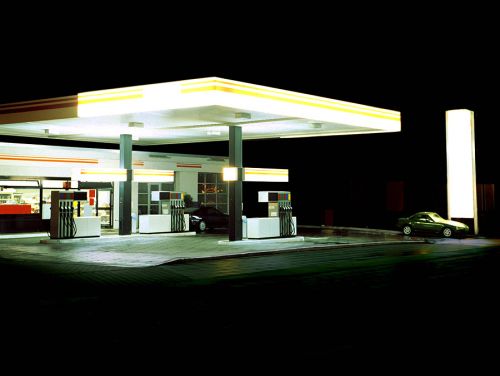
Petrol Stations - orange, 7 3/4 x 10 2/3 in, 23 2/3 x 31 1/2 in -
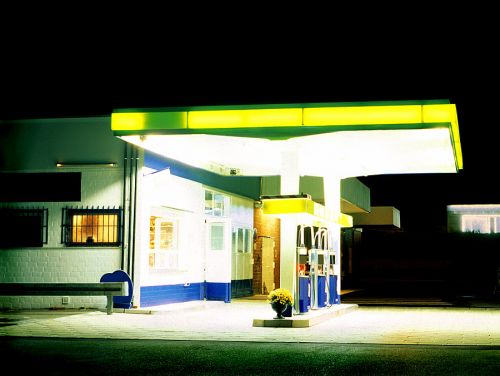
Petrol Stations - green / yellow, 7 3/4 x 10 2/3 in, 23 2/3 x 31 1/2 in -
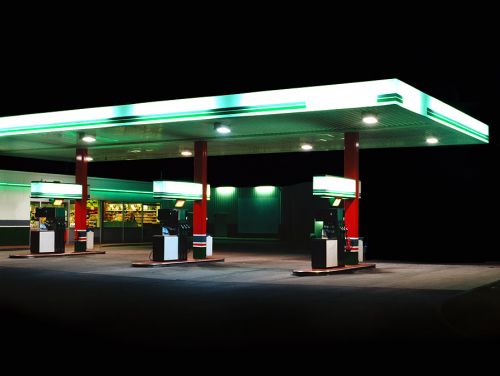
Petrol Stations - green / white, 7 3/4 x 10 2/3 in, 23 2/3 x 31 1/2 in -

Petrol Stations - white / brown, 7 3/4 x 10 2/3 in, 23 2/3 x 31 1/2 in -

Petrol Stations - blue / red / yellow, 7 3/4 x 10 2/3 in, 23 2/3 x 31 1/2 in -
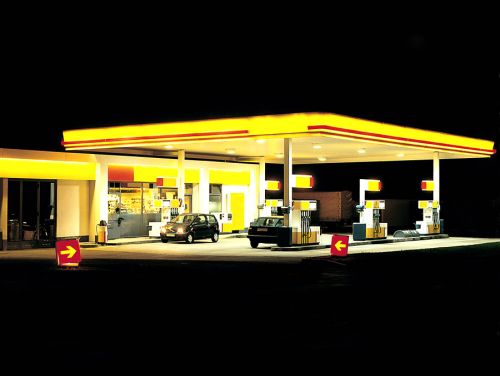
Petrol Stations - yellow new, 7 3/4 x 10 2/3 in, 23 2/3 x 31 1/2 in -
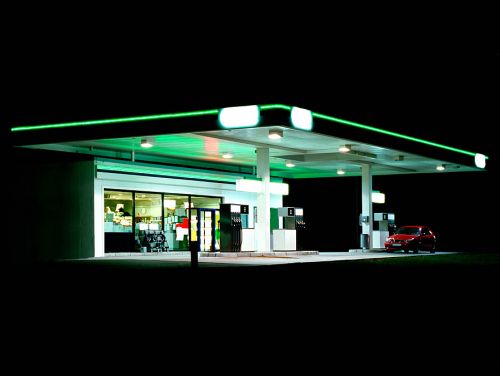
Petrol Stations - green / black, 7 3/4 x 10 2/3 in, 23 2/3 x 31 1/2 in -

Petrol Stations - yellow, 7 3/4 x 10 2/3 in, 23 2/3 x 31 1/2 in -
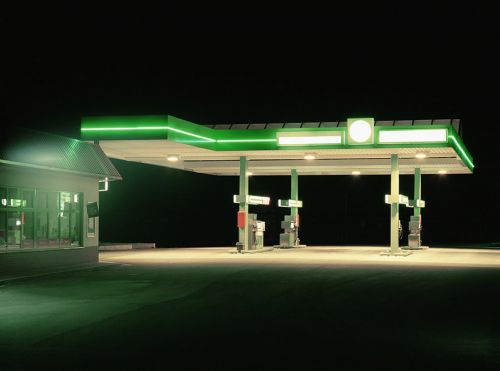
Petrol Stations - green / white / green, 7 3/4 x 10 2/3 in, 23 2/3 x 31 1/2 in -

Petrol Stations - green, 7 3/4 x 10 2/3 in, 23 2/3 x 31 1/2 in -
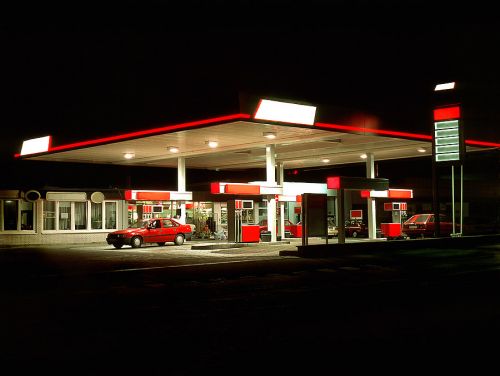
Petrol Stations - red / black, 7 3/4 x 10 2/3 in, 23 2/3 x 31 1/2 in -
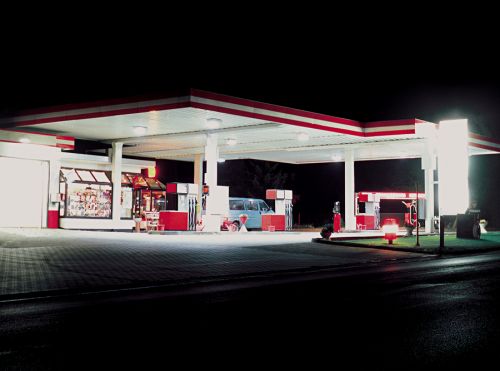
Petrol Stations - red / white, 7 3/4 x 10 2/3 in, 23 2/3 x 31 1/2 in -
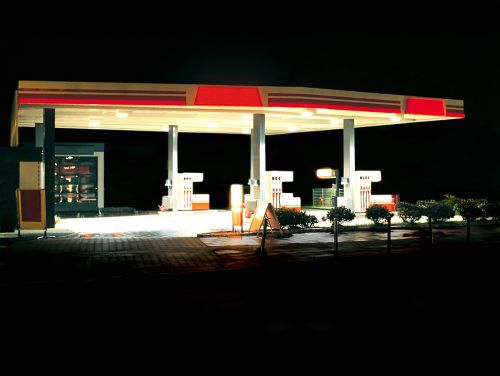
Petrol Stations - back / red, 7 3/4 x 10 2/3 in, 23 2/3 x 31 1/2 in -
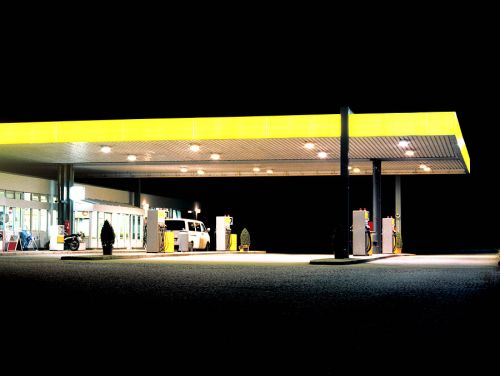
Petrol Stations - yellow / black, 7 3/4 x 10 2/3 in, 23 2/3 x 31 1/2 in -
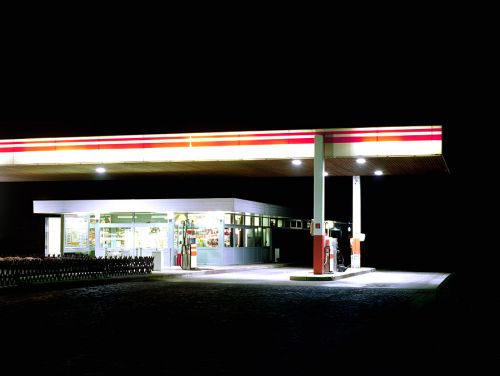
Petrol Stations - red / yellow, 7 3/4 x 10 2/3 in, 23 2/3 x 31 1/2 in -
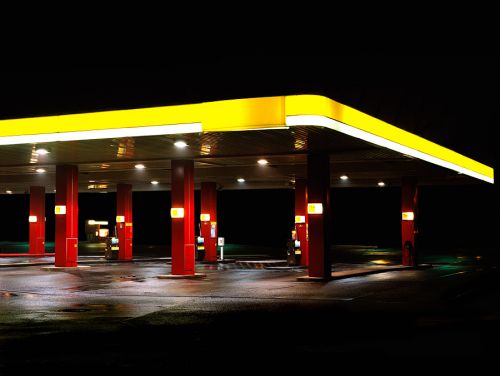
Petrol Stations - red/ white / yellow, 7 3/4 x 10 2/3 in, 23 2/3 x 31 1/2 in -
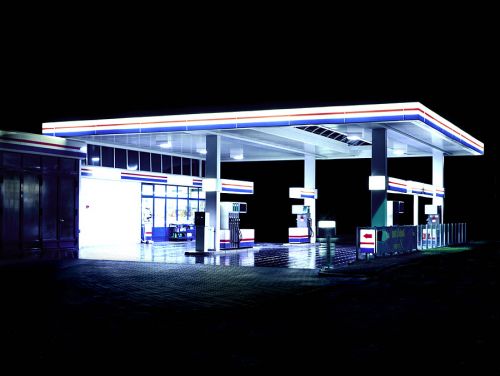
Petrol Stations - blue / red, 7 3/4 x 10 2/3 in, 23 2/3 x 31 1/2 in -
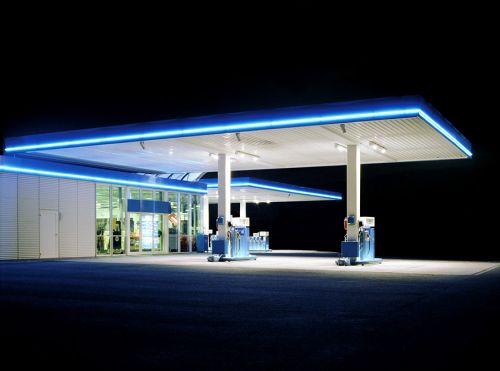
Petrol Stations - white / blue, 7 3/4 x 10 2/3 in, 23 2/3 x 31 1/2 in